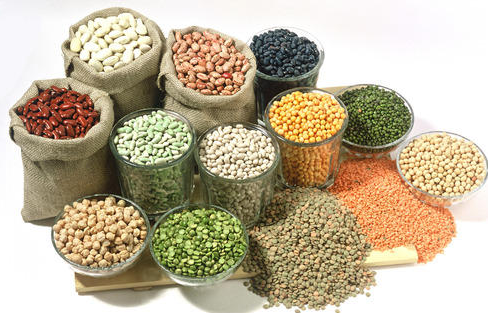Decentralized Procurement Scheme
Agricultural pricing framework has gradually evolved in India ever since 1960s. They were guided by excess demand and shortages in availability of food-grains. These prices have major implications in capping poverty and promoting the well-being of poor. This makes it pertinent for governments to intervene in food-grain markets and regulate the prices.
Need for Decentralized Procurement
In India, the agricultural pricing policy involves three main types of prices-support price, procurement price and issue prices. Support prices have a great impact on the farmer’s decision for land allocation to different crops. In addition to farmers, it is the lowest strata of society which are hugely affected by any change in prices food-grains as they spend a large part f their monthly budgets on them. Even a slight increase in prices, makes it difficult for them to make their ends meet and buy food which will support the minimum nutritional requirements. This socially justifies the food subsidies which the government provides to these households. However, the fact that these subsidies have on fiscal deficits cannot be brushed aside too. Thus, the need for decentralized procurement becomes more pronounced as it can introduce considerable efficiency in the system and bring down various costs substantially.
Key Features of Decentralized Procurement Scheme
The Decentralized Procurement Scheme of food-grains mainly rice and wheat was launched by Centre in 1997-98. This was done enhance efficiency of procurement and public distribution and to extend the benefits of MSP to local farmers. A few states have already adopted this scheme and the central government is urging all state governments to adopt the DCP scheme so that costs of distribution can be saved and it brings the benefits of Minimum Support Price at the doorstep of every local farmer.
- Under the decentralized procurement scheme, the State Government itself undertakes direct purchase of paddy and wheat and procurement of levy rice on behalf of Government of India. Purchase centres are opened by the State Governments and their agencies as per their requirements.
- The State Governments procure, store and distribute foodgrains under TPDS and other welfare schemes. In the event of the total quantity of wheat and rice thus procured falling short of the total allocation made by the Central Government for meeting the requirement of TPDS and other schemes, the Central Government, through FCI, meets the deficit out of the Central Pool stocks.
- The Central Government undertakes to meet the entire expenditure incurred by the State Governments on the procurement operations as per the approved costing. The Central Government also monitors the quality of foodgrains procured under the scheme and reviews the arrangements made to ensure that the procurement operations are carried on smoothly.
Benefits of the Decentralized Procurement Scheme
The DCP has contributed remarkably in the increased efficiency of Public Distribution System by making it possible to supply food-grains suited to local tastes. The administrative, transport, handling, storage and distribution costs have also come down considerably. The dependence of States on FCI for various PDS requirements has also reduced. There is now lesser room for discrepancies and thereby complaints about quality and storage by states. Despite the enormous potential and benefits, the scheme has not been popular with the states. The primary concerns voiced by the states are financing of operational costs, reimbursement of expenses incurred and subsidies. The States which have adopted this scheme are-West Bengal, Madhya Pradesh, Chhattisgarh, Uttarakhand, Odisha, Tamil Nadu, Karnataka, Kerala, Andaman and Nicobar Islands.
The scheme has helped diversify the procurement process. Studies have shown that the share of non-traditional states has been rising and shares of traditional states which were considered hub of procurement has relatively declined. E.g. In 1997-98, procurement was seen to be concentrated in patches and contribution of some states was Punjab 64.1%; Haryana 24.6%, Uttar Pradesh 6.6% etc. These formed 95% of the total wheat procurement. The figures for rice are also similar. DCP helped introduce other states in the procurement charts.



Shiva Krishna
February 24, 2016 at 12:46 amCan you plz give an example and explain decentralized procurement scheme
Shiva Krishna
February 24, 2016 at 12:47 amI didn’t understand frm above